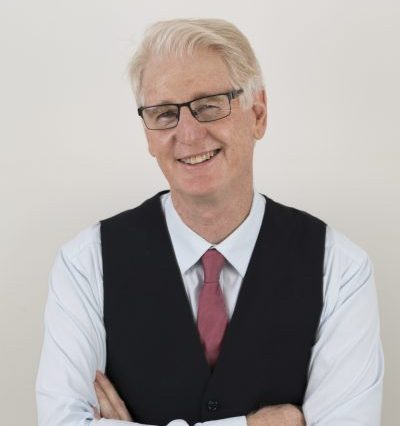One of the best feelings in our work is when a new patient answers the question, ‘Why have you come to see me?’ with ‘Because I was told you are the best’. This has two great benefits, firstly my ego gets a stroke (although my wife may suggest this is neither a benefit nor necessary), secondly it indicates the patient is more likely do well with my treatment because they already expect to do well.
However it begs a second question of the patient: ‘Best at what?’ A question I was never brave enough to ask for quite some time (or subconsciously avoided to preserve the ego stroke), and when I started to ask the answers were sometimes unexpected.
It appears I was ‘best’ at each of the following for various patients who then found it useful to tell others:
- attractive staff
- running on time
- privacy of treatment room
- worked at the Olympics
- warming the ultrasound gel
- variety of gym gadgets
- getting a result
- interesting memorabilia display
- no stairs
- explaining the treatment program
- availability of parking
- excellent coffee shop next door
Shock and horror! Many of my ‘recommendations’ had absolutely nothing to do with my professional expertise or competence and everything to do with the ambience, convenience, consideration, accessibility and neighbours of the business.
It appears that patients use a different yardstick to judge (and thus recommend or pillory) health practitioners than we use to judge each other. I am impressed with colleagues who have mastery of theory, knowledge and techniques whereas patients judge us on their experience rather than ours.
Of course they do. How could they do otherwise? Our clients rarely have an understanding of the treatment evidence base or current trends in health care for specific conditions. So they judge us on what they do understand: customer service, respect, honesty, integrity, fairness, cleanliness, hygiene, eye contact, manual contact, tolerance, value and coffee.
A quick search of the literature shows a vast array of complex assessment tools to evaluate ‘quality’ of patient care. Almost all give a strong weighting to the outcome of care – was the goal achieved? Yet patient satisfaction is not the same as patient outcome. Nor is it the same as the patient experience. It appears clients can be very satisfied despite a poor outcome provided the experience was positive, supportive and client centred.
The sensory environment has also been studied with factors such as music, aroma, air quality, furnishings and layout being assessed in relation to hospital patient outcomes. As yet the quality of studies lacks rigor (link to Cochrane Library).
The American Medical Association states that ‘patient-centered communication is key to quality care’ and not only reduces errors but also can ‘achieve better health outcomes’ (link).
In another article, Dr Oliver Kharraz identifies the relationship (likeableness) of the practitioner as a significant factor in whether the client will follow the advice provided (program adherence).
I think this is more critical for practitioners who provide a process as opposed to providing an event. Let me explain, the concept of selling goods versus services is well understood. However I believe in medical care the service can be further divided into those that are events and those that are processes.
Events include vaccinations, surgery, provision of an appliance (orthosis, plaster cast, etc), completing a procedure (dental filling or extraction, blood test, endoscopy, etc). Each of these has a clear end point and a yes or no outcome. Did it happen or did it not?
Processes include weight loss programs, blood glucose management, neurological rehabilitation, soft tissue recovery, fitness programs, aged care and so on. These tend not to have a clear start/finish cycle but are more elastic and depend on patient adherence for desired outcomes.
Physiotherapists are process therapists. Most of our clients require more than one session as we build their programs and progress them through the recovery. Spinal manipulation for mechanical displacements (wry neck, facet subluxations) are the exception and practitioners who work solely in this area are (I suspect) judged on immediate outcomes as a result of the manipulative event.
So what is the take home message here? Simply this, as we are a process profession, we need to make sure the process is very, very good. We cannot rely on them feeling ‘cured’ each time they attend (a great event when it happens). Our science based treatments take time and adherence to have their therapeutic effect and it is the elements of process that enable sufficient exposure to the therapist for the treatment to make a difference.
Patients will recommend you based on the process of you delivering the treatment. So take some time to evaluate the patient experience in your business – from referral to discharge. Every single, seemingly insignificant element of the patient journey is important to the patient experience. Ask them what you are doing well and what you could improve on. Put aside your professional ego and listen closely.
